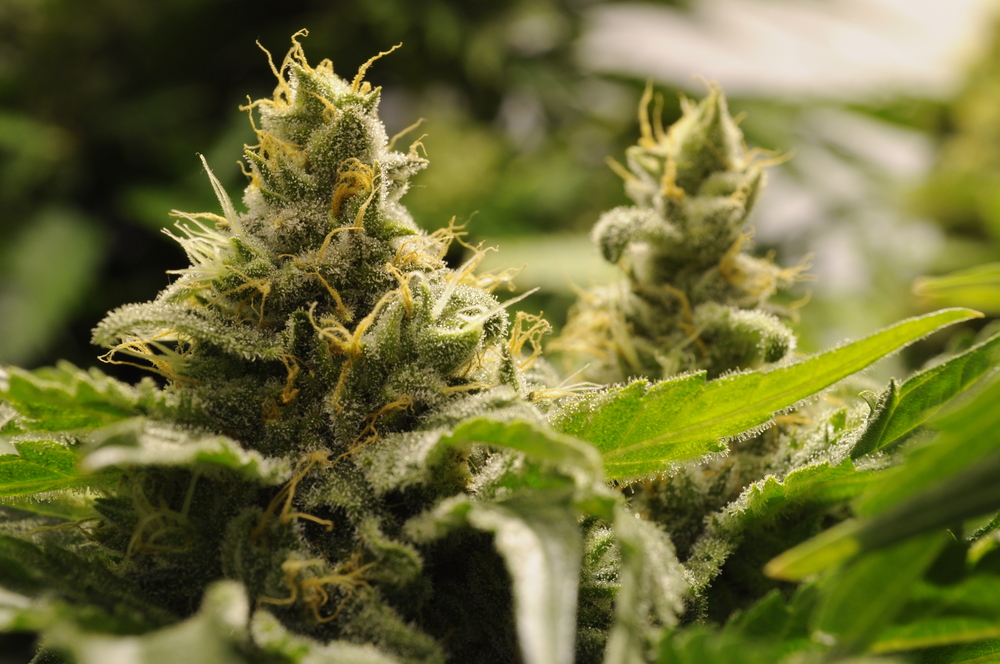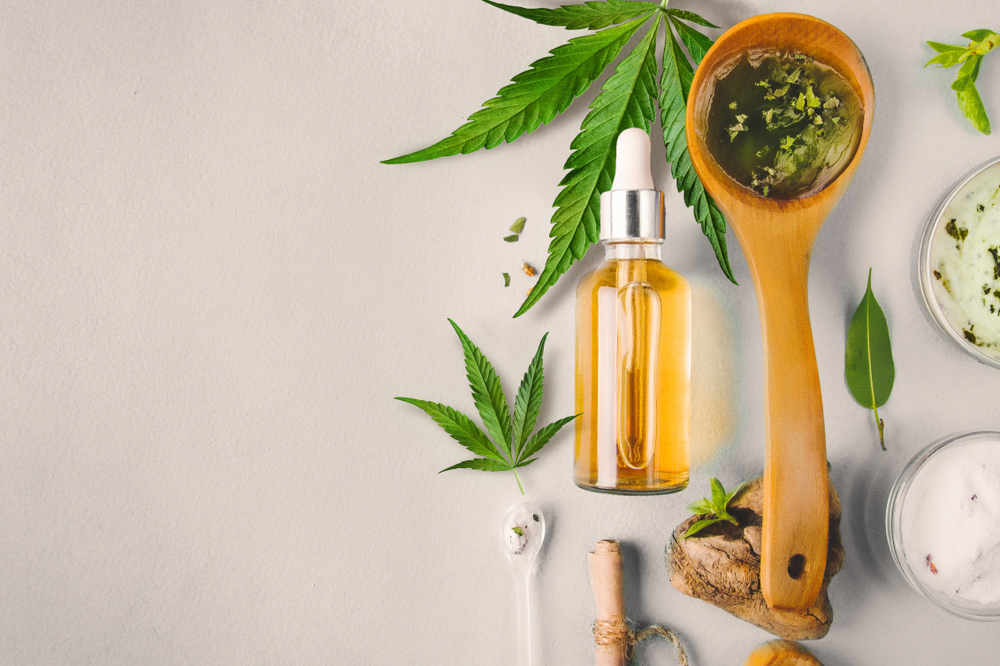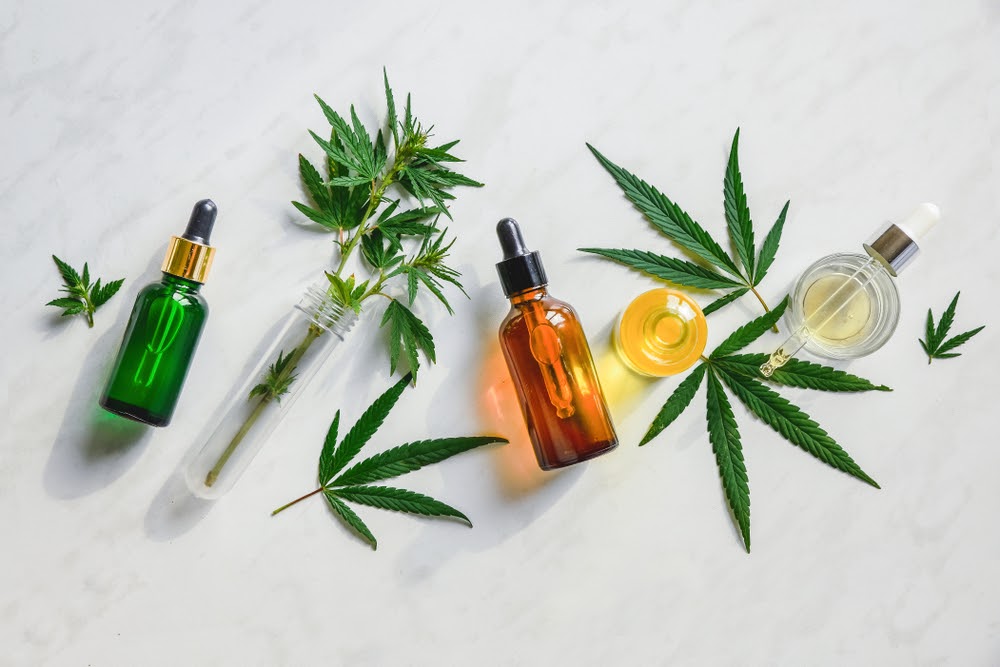You’ve likely heard about THC and CBD, two of the most well-known cannabinoids. But did you know there are more than 100 cannabinoids found in cannabis?
Today, we’re going to break down some of them for you. We will learn what the cannabinoids are, the differences between them and how you can identify and choose different strains of weed based on the cannabinoid content.
Let’s dive in!
What Are Cannabinoids?
Cannabinoids are a class of compounds that interact with the body’s endocannabinoid system.
For those unaware, the endocannabinoid system is a system of neurotransmitters – brain and nervous chemicals – that is present in the bodies of all mammals including humans. It’s the farthest-reaching system of neurotransmitters in the body, and it’s responsible for a huge number of different functions. This is one of the reasons that medical marijuana can treat so many different ailments.
People often think that cannabinoids are named after cannabis, but it’s actually the other way around. The body produces its own endocannabinoids, and there are also plants like cannabis that produce phyto (plant-based) cannabinoids. Cannabis is named as such because it contains a ton of different phytocannabinoids.
So what exactly do these cannabinoids do?
Depending on the specific type of cannabinoid that you’re dealing with, they can have differing effects. These effects are generally decided by how it interacts with the body’s cannabinoid system.
Cannabinoids generally interact with the cannabinoid system by binding to receptors in the system. Once they’re bound to the receptors, they either activate (agonize) or deactivate (antagonize) the receptor site. The activation and deactivation are what lead to the different effects of each cannabinoid.
Are There Different Cannabinoids?

Absolutely. There are tons of different cannabinoids – there are quite a few that our body produces on its own, and loads that can be found in different plants – especially cannabis.
In fact, so far more than 100 cannabinoids have been found in the cannabis plant alone. Each one of these has a different profile of effects. The most well-understood cannabinoids found in cannabis are THC, CBD, and CBN. There are also a number of cannabinoids like anandamide that are produced by the human body.
Here’re the most well-researched cannabinoids.
THC
THC is by far the most well-understood cannabinoid. For many years, people grew and studied marijuana solely because of its THC content. It was believed that THC was the primary active compound in marijuana, and as such, cultivators began to develop strains of weed that contained higher and higher levels of THC.
THC is highly psychoactive – to the point of being intoxicating. When you get “high” from smoking bud, chances are it’s THC doing a lot of the work. THC can have mildly psychedelic effects, and for these reasons, it’s generally the most popular cannabinoid for people who are looking to get stoned.
THC works by binding to CB1 receptors in the brain and directly activating them. This activation leads to the release of other chemicals in the brain and the endocannabinoid system.
THC is also similar in structure to THCV, a unique cannabinoid that is known for suppressing appetite, protecting against neurodegenerative diseases and counteracting symptoms of inflammation.
CBD
CBD (cannabidiol) is an active version of CBDA. It is now recognized as one of the most important medicinal compounds found in marijuana.
Compared to THC, CBD is not intoxicating. Contrary to what people say, it’s still psychoactive – that is, it has effects on the brain’s activity – but it’s not going to get you high. With that being said, it still has a large number of medicinal benefits.
CBD works indirectly, meaning that it doesn’t directly activate the receptors in the endocannabinoid system. Rather, it exerts its effects by influencing the impact of other compounds that affect the endocannabinoid system. This is one of the reasons that CBD isn’t as obviously active as THC and why its effects aren’t as pronounced.
To reiterate, CBD is psychoactive only because it affects the brain in beneficial, medical ways. You won’t experience a psychedelic or psychoactive high from consuming CBD.
CBG
CBG is basically the “parent cannabinoid.” While mature plants don’t contain a lot of CBG, plants in their infancy stage contain CBG in large amounts. That’s because as the plant grows, the CBG tends to be converted into other cannabinoids. The two main cannabinoids that CBG turns into are CBD and THC, which explains why these two are generally found in higher concentrations.
CBN
Cannabinol (CBN) is an interesting cannabinoid in that it’s not actually created directly from CBG. Instead, it’s produced when THC degrades and loses its potency.
This means that if you’re using dried or cured cannabis flower, it’s likely to have a higher concentration of CBN. This is because things like light and oxygen cause the THC to break down. CBN is the natural byproduct of this process.
While high CBN levels are generally a sign that your weed is getting old, it does have some medical potential. It helps to fight pain, it’s very relaxing, and could be used as an antibiotic.
Final Verdict on Cannabinoids

Cannabinoids are compounds that affect the body’s endocannabinoid system – a far-reaching system of neurotransmitters that has some influence on almost every aspect of our physical and mental health.
Cannabinoids are produced by the human body and by plants such as cannabis. Plant-based cannabinoids, known as phytocannabinoids, can be varied in their effect. THC, for example, is much more potent and psychoactive than the more subtle CBD which has no psychoactive effect.
At the end of the day, everyday cannabis consumers only have to be aware of the cannabis plant’s two most prominent cannabinoids – THC and CBD, but it doesn’t hurt to know the full science behind the plant’s chemistry and how it affects our bodies! We hope this article has helped you understand some of the different cannabinoids found within the plant and how they work to provide us with their effects.


 No products in the cart.
No products in the cart.